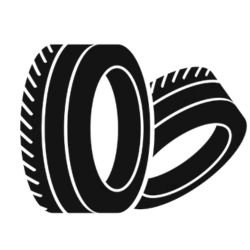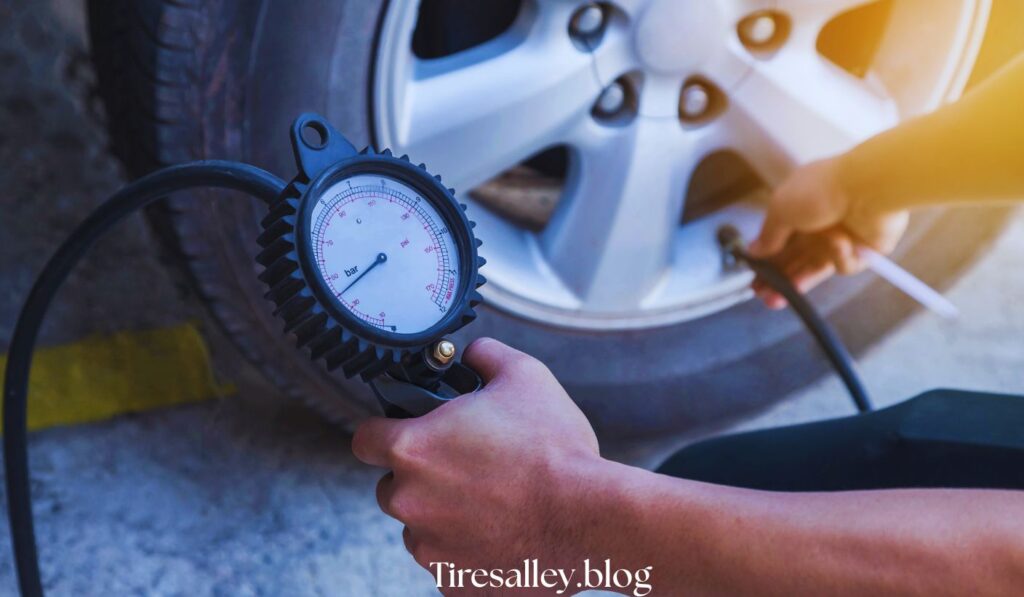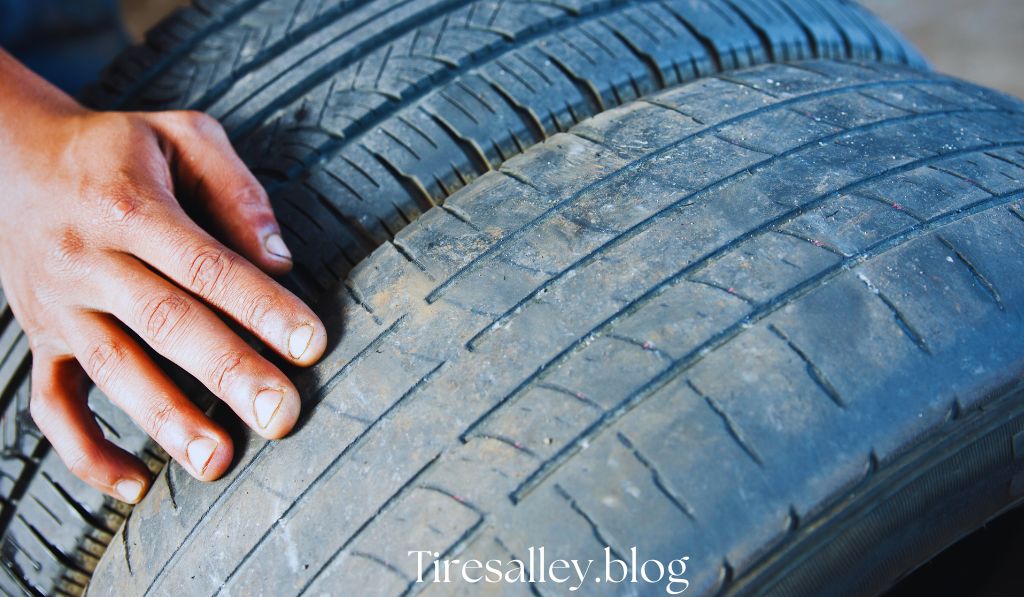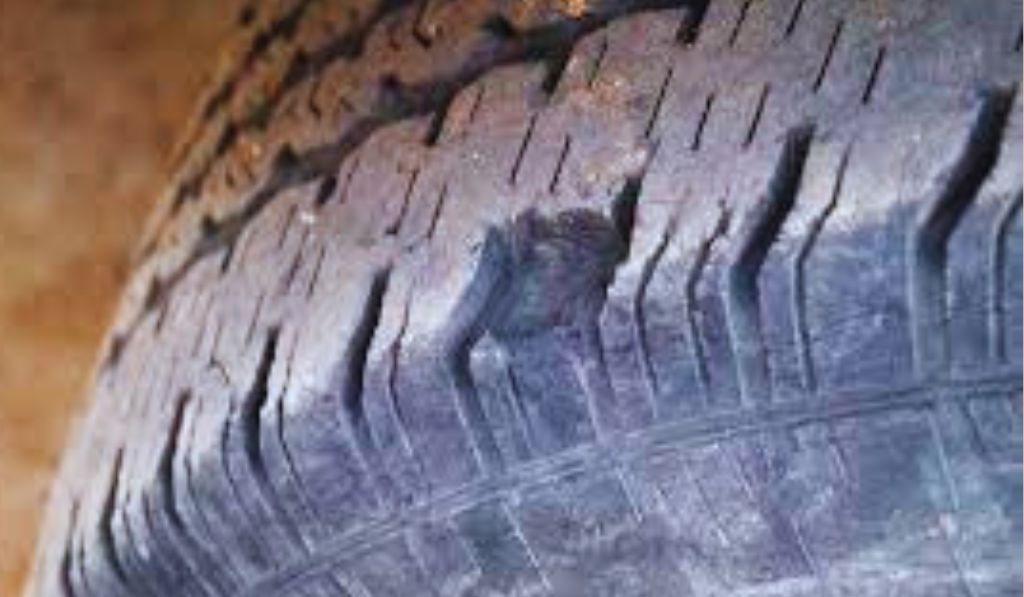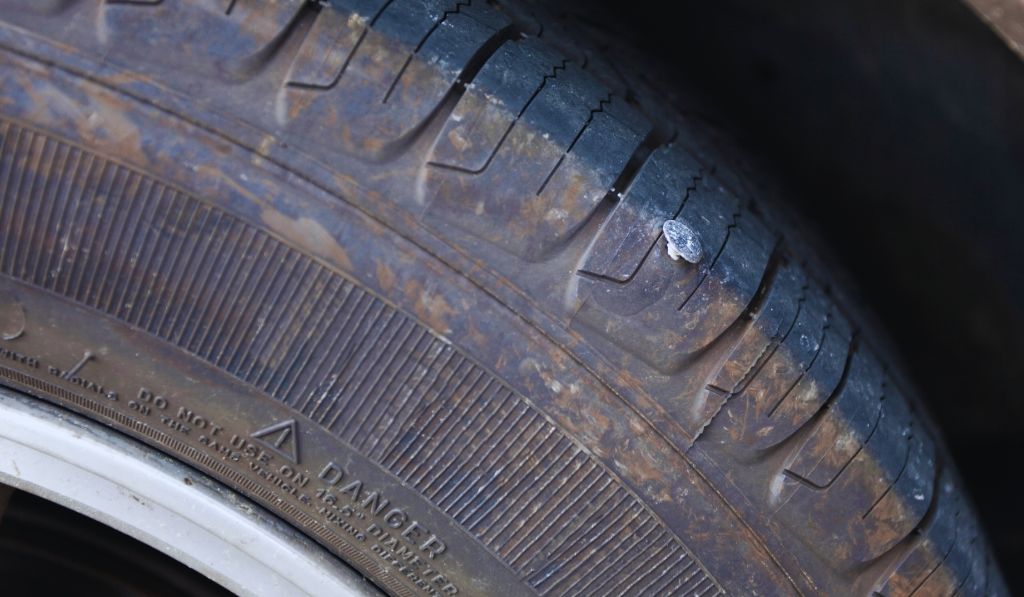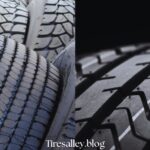Smoke Coming From Your Tire? 7 Critical Causes You Need to Know
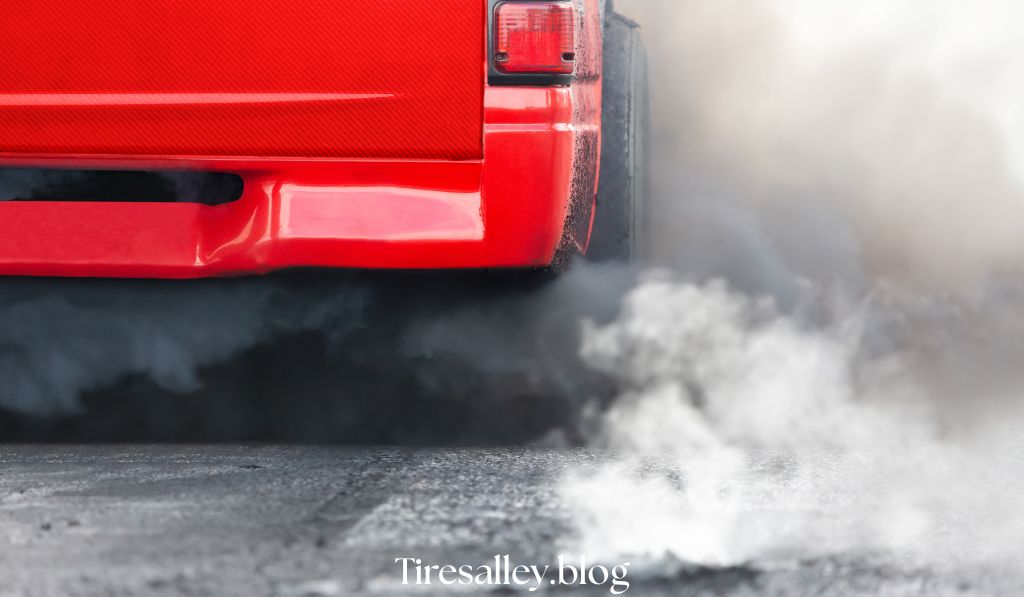
Introduction
Seeing smoke coming from your tire while driving or even when you’re parked, is alarming—and for good reason.
Tire smoke is never a good sign and if you see it, there are serious underlying issues that can compromise your safety, vehicle performance and even lead to expensive repairs if left unchecked.
In this comprehensive guide, we break down the 7 critical causes of tire smoke, how to identify them and what you should do to stay safe and prevent damage.
Regardless of whether you’re a new driver or a veteran car owner, knowing these things will allow you to move quickly and intelligently in a dangerous situation.
1. A Common, but Often Overlooked, Cause of Stuck Brake Caliper
A stuck brake caliper is one of the most common reasons for smoke near the tires. When you press the pedal, the caliper clamps down on the brake rotor. The brake pads stay engaged even after you release the brakes if it gets stuck.
Symptoms:
- One wheel smoke or burning smell
- Vehicle pulling to one side.
- Hot wheel hub.
- It is associated with decreased fuel efficiency.
How does this happen?
The caliper may not release because of corrosion, worn out brake components or poor lubrication.
Dangers:
Boiling the brake fluid due to overheating will reduce braking power.
Wear down the pads and rotors due to continuous friction which can be expensive repairs.
So, What to Do?
Stop driving right away. Check the smoking wheel’s temperature if safe. Take your vehicle to a mechanic for inspection and possibly replacement of the brake caliper or other parts.
2. Parking brake engaged and won’t release
A parking brake that isn’t fully applied can also cause smoke from your tire. It is more likely when you have a handbrake instead of an electronic brake or your electronic brake system has worn parts.
Symptoms:
- After driving, I noticed a burning smell of burning.
- Poor acceleration
- Most cars are affected as the rear tires are usually at fault.
- The warning light on my dashboard lights up (in newer models)
The Reasons Behind It:
In some cases, drivers don’t completely release the parking brake. In different situations, the cable or assembly rusts or wears out with time.
Dangers:
A dragging parking brake may overheat your brakes, making it harder to stop and forcing them to wear out early.
How to Handle It:
Fasten your seat belt and move to the edge of the road, where you should release the handbrake. If you find the air and doors stuck or if the system isn’t working properly, get the necessary help from a mechanic.
Read more: Understanding the Difference Between 265 and 275 Tires
3. The Sidewall Touching the Suspension or other Car Parts
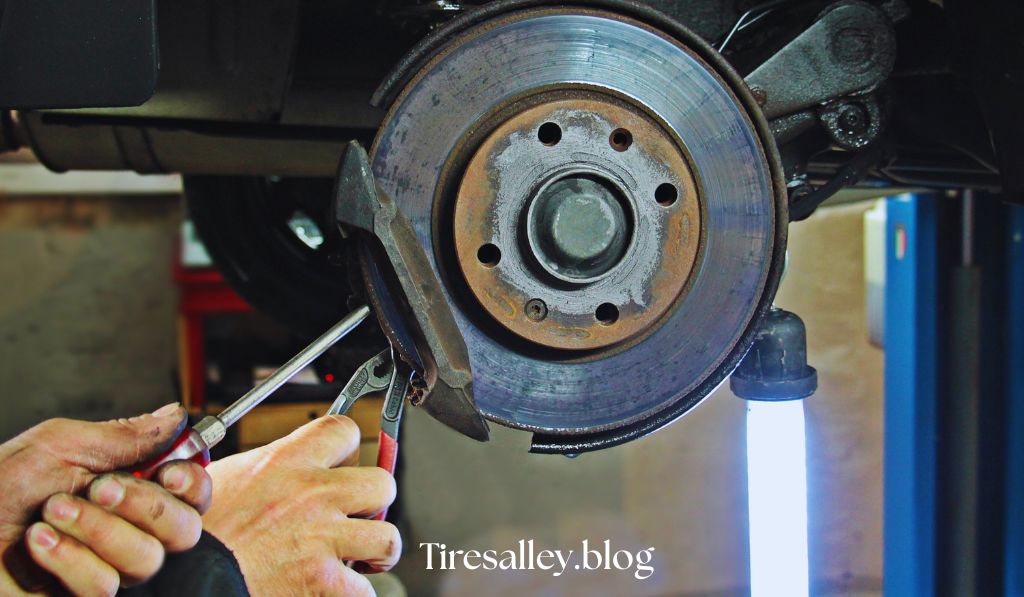
When you have installed bigger tires, added aftermarket wheels or lifted your car or truck, smoke may be the result of the tire making contact with the wheel well or parts of the suspension.
Symptoms:
- Smoke coming from within the wheel well
- Suffering marks can develop in your tires.
- Sound from the steering wheel while turning
- Wear that isn’t the same on all tires
Why Community Decay Happens
Lack of clearance after installing new tires or harming the suspension means the tire can contact metal or plastic, creating heat and smoke.
Dangers:
- The cause of a blowout can be damage to the sidewalls.
- Some rubbers are dangerous if they catch fire when overheated
- Increases the amount of wear on the tires.
A list of tasks that can be done to make a difference
Take a close look at the inside tires and wheel wells. When there is uneven wear on the tires, it’s important to consult a professional about lowering or increasing suspension, adjusting wheel offset or finding the right replacement tires.
4. Wheel Bearing That Won’t Turn
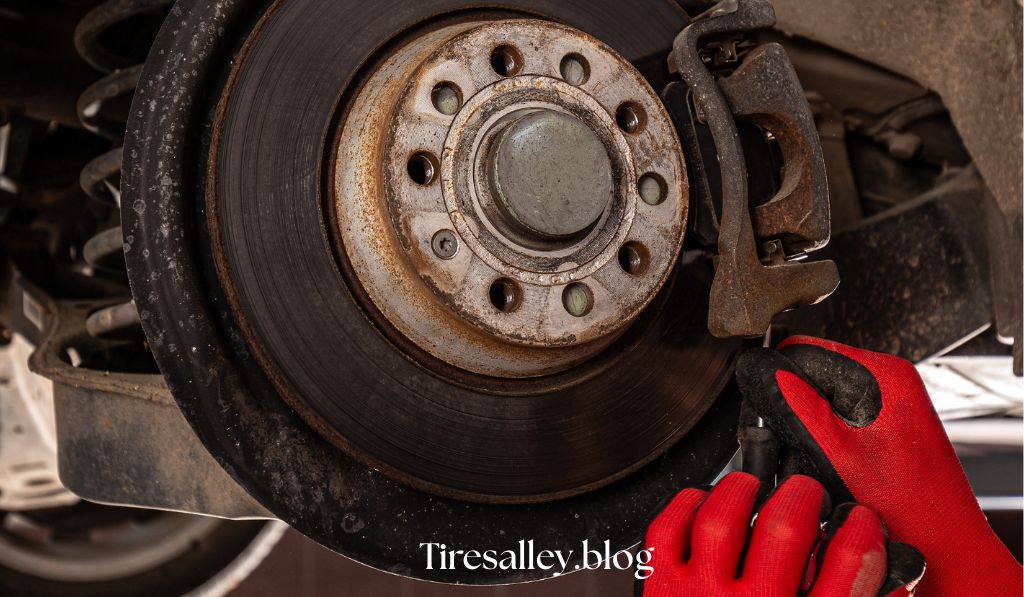
Wheel BearingsIf a wheel hub bearing stops working, there can be too much friction at the hub which causes smoke and heat. It doesn’t happen often, but it can be extremely hazardous.
Symptoms:
- Pipe smoke centered against the middle of the wheel
- An audible grinding or rumbling when you’re driving
- Wheel movement that can be moved easily
- In recent models, the ABS warning light will come on.
The Reasons It Takes Place:
Wheel bearings gradually wear out when you drive a lot, due to getting wet or if they don’t have enough oil.
Dangers:
- A wheel can come loose from the car if the bearing breaks completely.
- Steering and brake efficiency may deteriorate quite drastically.
- The simple way to verify Chrome’s authenticity is to check if the company name is genuine.
It is important not to drive the vehicle. Having the wheel bearing checked or changed should happen right after you get the vehicle towed.
5. Tires Can Overheat Because of Burnouts or Aggressive Driving
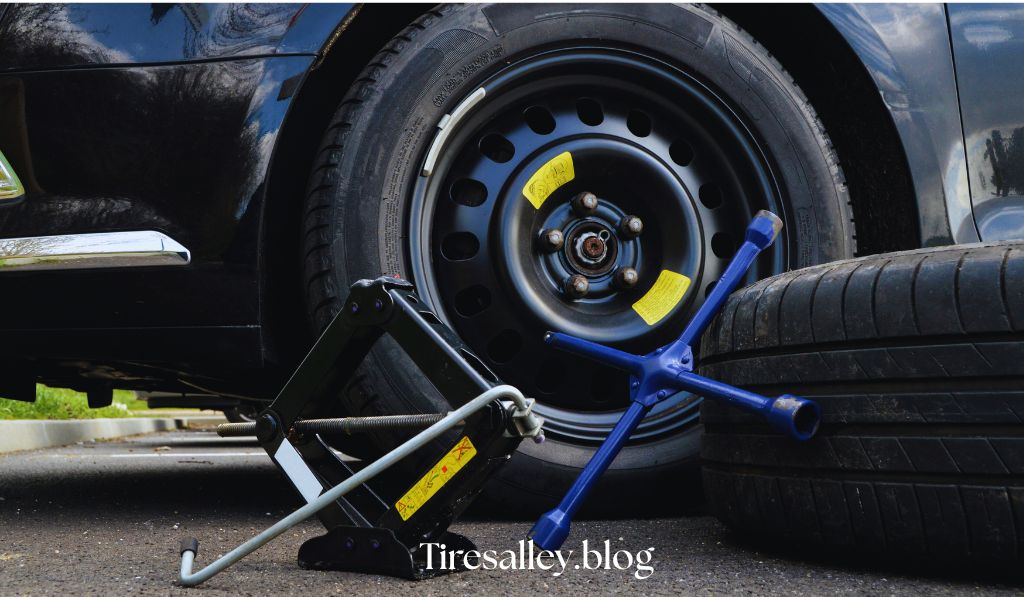
More often, this happens to sports car drivers or at events such as drag races. Giving your tires a lot of heavy acceleration might heat them up so much that smoke appears from their rubber.
Symptoms:
- The white smoke from the tire surface
- Burning rubber smell
- Happens after rapid acceleration
How Does It Happen?
Heat is created by friction from spinning tires. In some cases, it is beyond the rubber’s heat threshold which causes it to give off smoke and wear down quickly.
Dangers:
- It drastically reduces tread life.
- Can blow tires.
- In many areas not street legal and may damage pavement.
There are two things you can do.
Do not drive aggressively on public roads. Replace the tires immediately if you see excessive tire wear or bulging.
Read more: The Ultimate Guide to Tire Rotation at Jiffy Lube
6. Foreign Object or Debris in the Wheel Well
Smoke can also come from a foreign object caught in the wheel well or brake system. Plastic bags, rope, and other debris may wrap around the axle or exhaust near the tire and start to melt.
Symptoms:
- Foul odor
- Smoke that is visible and sometimes flames.
- Initially no major performance issues
How Does It Happen?
At high speeds, plastic bags or road debris can easily get sucked into your wheel well.
Dangers:
- Can melt onto brake parts and cause brake fade.
- May be ignited near hot exhaust components.
There are two things you can do.
Stop and check out the smoking area. Once the area cools down, use a tool or glove to safely remove the object. Do not touch hot surfaces directly.
7. Contacting Hot Surfaces Leaking Fluids
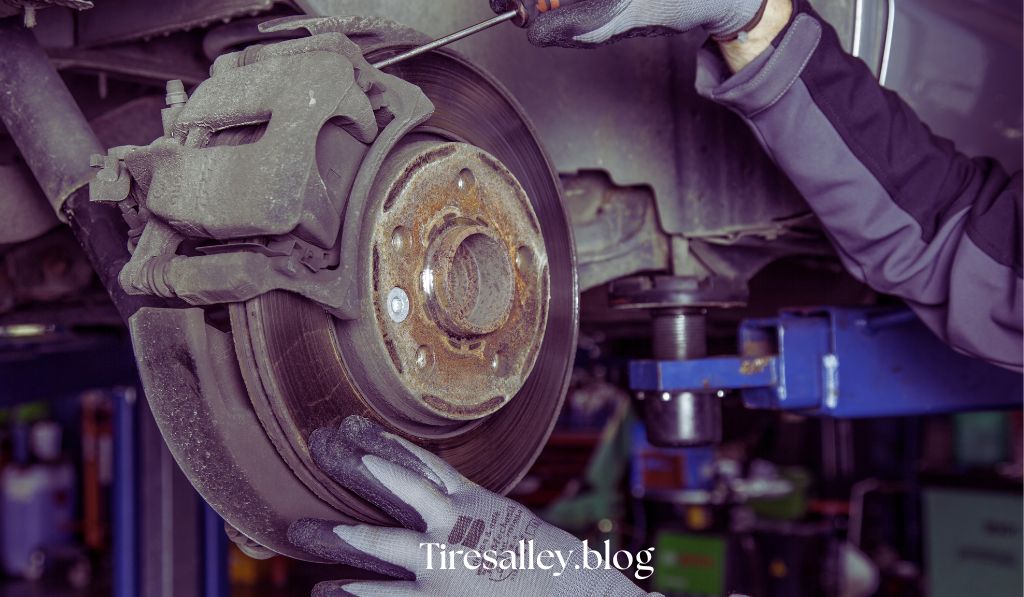
Smoke can also occur from leaking engine oil, brake fluid or transmission fluid dripping onto hot brake rotors or exhaust components near the wheels.
Symptoms:
- Smoke from the tire area or undercarriage
- Oily smell
- Stains of fluid under the car
- Shifting issues and a spongy brake pedal
Why does it happen?
Fluid can leak from worn out seals or damaged hoses and then drip onto hot components such as the brake disc or catalytic converter.
Dangers:
- Ignition of fluid is a fire hazard
- Braking or transmission systems that have been damaged
- Environmental hazard
What to Do:
Close the car and look for leaks around it. Examine the fluids in your car. As soon as you notice a leak, take the car to a professional shop for examination and treatment.
How to Act Right Away If You Notice Tire Smoke
- Use your blinkers and go to the shoulder or a parking lot when you have to pull over.
- Tires should never be touched, They can be too hot to touch or burn.
- Turning off the engine can lessen the chance of heat accumulating or more leaks.
- If it is safe to do so, use your senses to find any debris, leaks or signs that show damage.
- Contact roadside assistance or a tow truck if you’re unsure.
When Should You Consider It an Emergency?
Don’t hesitate to ask for emergency help if:
- There’s a lot of smoke and sometimes flames are involved as well.
- You can notice a smell of rubber burning or fluid leaking.
- The vehicle is not running true from side to side
- The area near the wheel is creating noises that sound like grinding or squealing
- Should these signs appear, do not keep driving for even short periods.
Is It Possible to Avoid Tire Smoke Problems?
Absolutely! Smoking tires that result from poor maintenance are normally avoidable.
Maintenance Tips:
- It’s important to examine brake pads and calipers after every 10,000–15,000 miles.
- Do not put too many things in your vehicle
- Check the wheel bearings whenever you go in for a service.
- Keep an eye out for any fluid on the floor or lights on your dashboard
- Keep all tires at the pressure stated in the car’s manual.
- Reduce aggressive driving and avoid scheduled vehicle burnouts.
Conclusion: Watch for Smoke on Your Tires
It can be scary to see smoke from your tire, but it’s much more dangerous to not deal with it. If your brakes stick, a bearing is worn out or there are leaks, identifying them as soon as possible will make the car safer for you.
Being aware of the 7 critical causes lets you fix problems, act quickly and prevent many costly or dangerous situations. When you see smoke coming from your tires or brakes, handle it instantly as safety depends on those parts—don’t wait.
